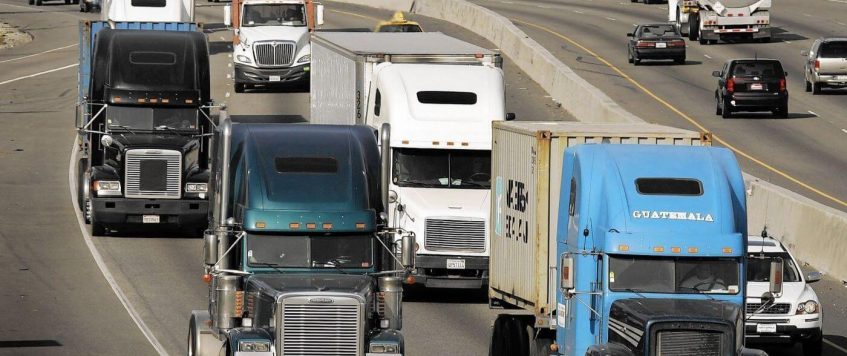-
28
May
Adapting to Trucker-Controlled Chassis: Challenges for Chassis Providers and Railroads
Chassis providers and railroads are adapting their businesses to accommodate the increasing number of trucker-controlled chassis now competing for merchant haulage of ocean containers. While the Federal Maritime Commission (FMC) has ruled in favor of greater chassis choice, shippers and truckers still face challenges using their own equipment, especially at inland rail ramps.
Mike O’Malley, senior vice president at Direct ChassisLink (DCLI), revealed at the Agricultural Transportation Coalition’s annual meeting that the use of owned or directly leased chassis by motor carriers has doubled over the past seven years. This shift from intermodal equipment providers and equipment pools is particularly noticeable at inland locations. For instance, DCLI’s Memphis pool now handles less than 60% of the volume from its ocean carrier customers, down from 95% four years ago. In Chicago, trucker-controlled chassis are used in over half of container moves.
O’Malley attributes this change to the rise of shippers opting for merchant haulage, where their selected trucker provides the chassis instead of using one supplied by the ocean carrier. “The truckers wanted the ability to use their own chassis,” he said, noting that the competition for merchant haulage business has intensified as private chassis use has increased.
Val Noel, chief operations officer at Trac Intermodal, noted that their merchant haulage business now constitutes less than 30% of total revenue, as more truckers use their own chassis. “Our merchant haulage business is being picked off with private assets,” Noel stated.
In February, the FMC upheld a decision mandating that ocean carriers and their chassis pools cease any practices limiting motor carriers’ ability to choose their chassis. Despite Ocean Carrier Equipment Management and Evergreen Marine seeking reconsideration, Noel emphasized that as long as it is agreed upon in the contract of carriage, carriers can choose any chassis they prefer.
Nevertheless, truckers still encounter delays due to requirements to use specific pool or IEP chassis. Steve Schult, vice president of supply chain for Blue Diamond Growers, described a situation at a Memphis rail ramp where a trucker spent five hours locating the required chassis. Schult noted that while ports do not have major chassis availability issues, the inland side faces significant challenges, particularly with the roadability of pool chassis.
Brian Kobza, executive vice president at drayage provider IMC Companies, highlighted the confusion over chassis choice stemming from contracts that include a chassis from the ocean carrier. “We’re looking for as much choice as possible, or for ocean carriers to get out of the business entirely and not mandate whose chassis we use,” he said.
Union Pacific (UP) is adjusting to this evolving landscape by identifying and segregating containers based on whether they are for merchant haulage or carrier haulage, the latter requiring a mandated chassis from the ocean carrier. Hassan Hyder, UP’s director of international intermodal, explained that the rise of trucker-controlled chassis is prompting railroads to rethink their operations. Many intermodal yards were developed with the expectation that containers would be mounted on pool chassis for easy pickup or drop-off. However, the growing use of private chassis necessitates a shift towards stacked operations, which involve higher capital costs for yard reinforcement and additional lift equipment.
UP is investing “hundreds of millions” to enable stacked operations at its new Kansas City facility, slated to open in 2026, with plans to convert its Dallas and Memphis operations next. “As facilities age out and need improvement, you’ll continue to see us go to stacked operations,” Hyder said.
In today’s market, these developments underscore the shifting dynamics in the container shipping and intermodal transport sectors. The increasing preference for private chassis reflects broader trends of customization and control within the logistics industry, driven by the need for efficiency and flexibility in supply chain management. The ongoing adjustments by chassis providers and railroads highlight the complex interplay between regulation, market forces, and operational logistics, presenting both challenges and opportunities for industry stakeholders.

